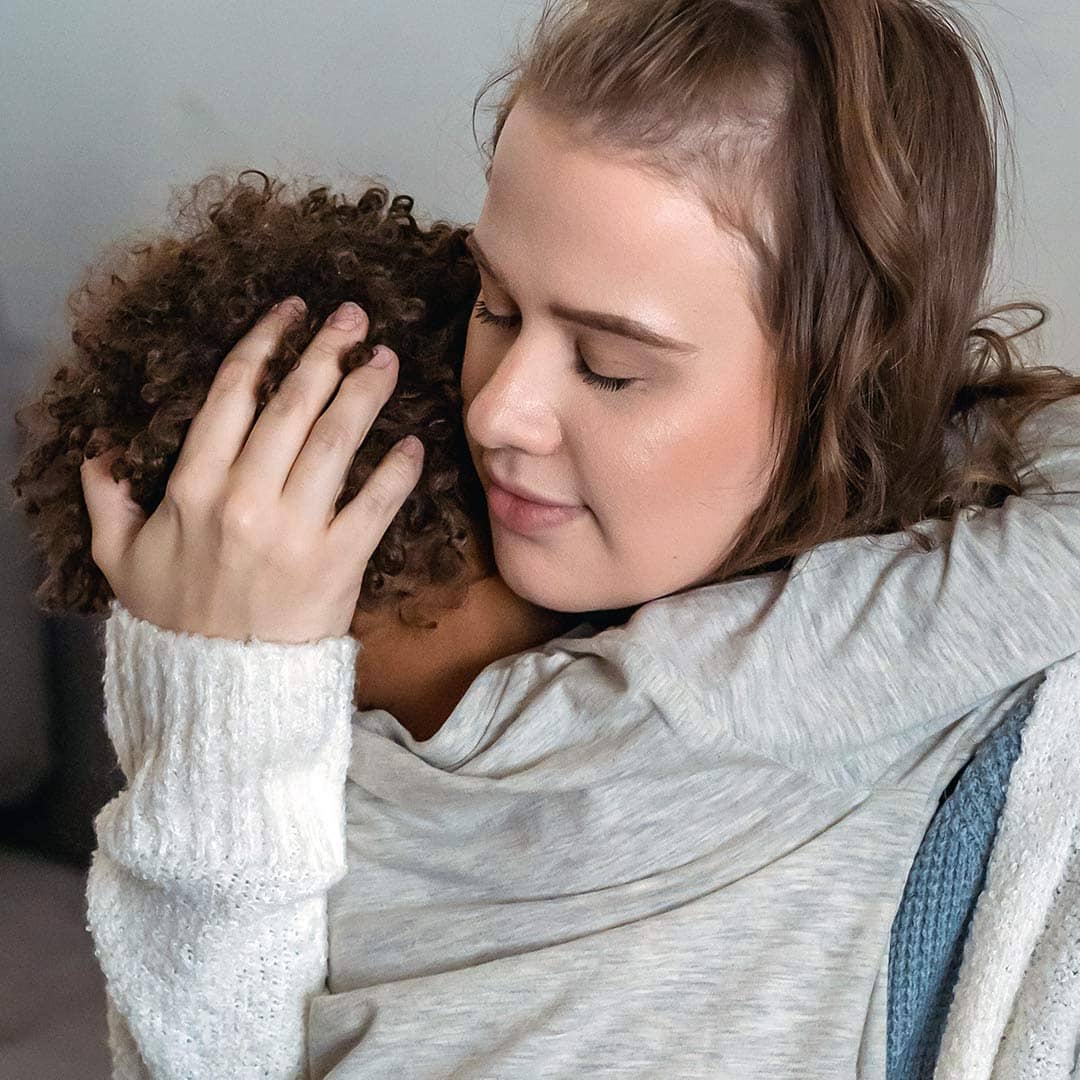How to Deal with Nightmares and Monsters
Not every parent experiences their toddler waking from a nightmares, but if you do, it can be heart breaking. You hear a scared and desperate cry coming from your toddler’s room, and you rush in to find him bolt upright in bed, screaming and wilding waving his arms, just asking for you to make it all better. Thankfully, with nightmares, the best thing that parents can do is to offer comfort and reassurance. Toddlers often have a hard time separating reality from imagination, which is great when you’re playing, but can be frustrating (for us parents) when they go to sleep. Approximately 50% of children ages 3-6 years old have nightmares.
Nightmares occur during the lighter stages of sleep, called REM sleep, when people dream. Unfortunately, that also means that nightmares occur later in the night or early morning. So what causes them? It could be a number of things, and is usually related to what happens during the day. Maybe she saw a snake, spider, or even a large dog that frightened her. Or perhaps she’s still upset that big brother wouldn’t let her ride his bike. Nightmares can quite honestly be triggered by just about anything. A few common causes of nightmares may be:
- A new baby
- Preschool
- Change in routine
- A move
- A new caretaker
The above list is by no means comprehensive. Nightmares can also be caused by developmental changes, or simply triggered by everyday stress — like not getting a popsicle when she asks for one. There are some simple things that we parents can do to try to prevent nightmares.
Avoid Obvious Triggers
This is probably the best advice I can give you. Your child has trouble separating what is real and what isn’t, so try to avoid scary movies, television shows, video games, and books. Preview the shows your kids watch, and be aware of how the theme may not present itself as fiction. Some of those villains are really scary!
Remember to turn off any screens at least an hour before you begin to wind down before bedtime.
Want to know more about how screens affect sleep?
Read: Screens and Sleep; Getting Toddlers to Bed in a Modern World
Keep Bedtime Predictable
Make sure that your toddler knows what to expect at bedtime. A predictable, soothing bedtime routine will help to minimize any fears and anxiety that your toddler may be feeling (but isn’t able to express).
Get a Nightlight
Sometimes the best helper is forethought. Help your toddler choose a flashlight (for safety’s sake, look for one without small parts that has a pull switch, or charges during the day so that there are no cords or choking hazards) or nightlight to help lend a little illumination to their room and the night.
Talk About It
During the day, with all the lights on, talk to your toddler about dreams and pretend. Keep the conversation simple. You can even illustrate your point by having your toddler close his eyes and ‘see’ images, and then talk about how the images are just in our imaginations, and not really there when we open our eyes. For example: You could ask them to picture their favorite food. And when they open their eyes, talk about how just thinking about it doesn’t make it real.
When Nightmares Wake your Child
When your child wakes up from a nightmare, likely she wants to be comforted and reassured. This can be difficult to do with a toddler who has a limited understanding of reality versus fiction. Try calmly explaining to her that she was just pretending in her sleep, or something similar. Be sure that you do not minimize the fear, and speak in a soothing voice. Sometimes children want to be held, or may ask to crawl into bed with you. Be nurturing while being careful that you do not create a new sleep crutch. Even if your toddler only has a short time remaining until their dramatic wake up, do your best to encourage her to go back to sleep Remember, those last few hours of sleep are important, and she really does need them.
If you want to talk with your toddler about the dream in the morning, consider asking your child to draw the dream or monster. You can then talk about how silly the horns are, or how he looks like he might be smiling, or maybe he wants to be friends. Turning the monster into something sweet and funny may help alleviate your toddler’s fear. Seeing how brave mom is while talking about the monster may help encourage him to be brave as well.
Use Dream Cards
Sometimes a little guidance is necessary, and you can help encourage good dreams with the use of my Dream Cards, which I created to help with positive visualization or storytelling. Talk to your child about what fun it would be to go sledding, or maybe tie in their favorite character with a story that they can tell you. If you fill their heads with positive images, you stand a better chance of avoiding nightmares.
Most importantly, remember that nightmares are common, and likely more stressful for us than our toddlers. Try some of the above techniques to help diffuse possible nightmare triggers. It’s important to note that if your child is having a nightmare, they will be upset, but they will recognize you, and be able to be comforted. If you find that your child is inconsolable, and disoriented, she may be experiencing a night terror, which is quite different. Less than 5% of children experience night terrors, but they can be very scary for us as parents. Night terrors usually last anywhere from 5 to 15 minutes, and your child probably will not remember the episode upon waking.
Want to know more about night terrors?
Read/Watch: Help Children with Night Terrors






